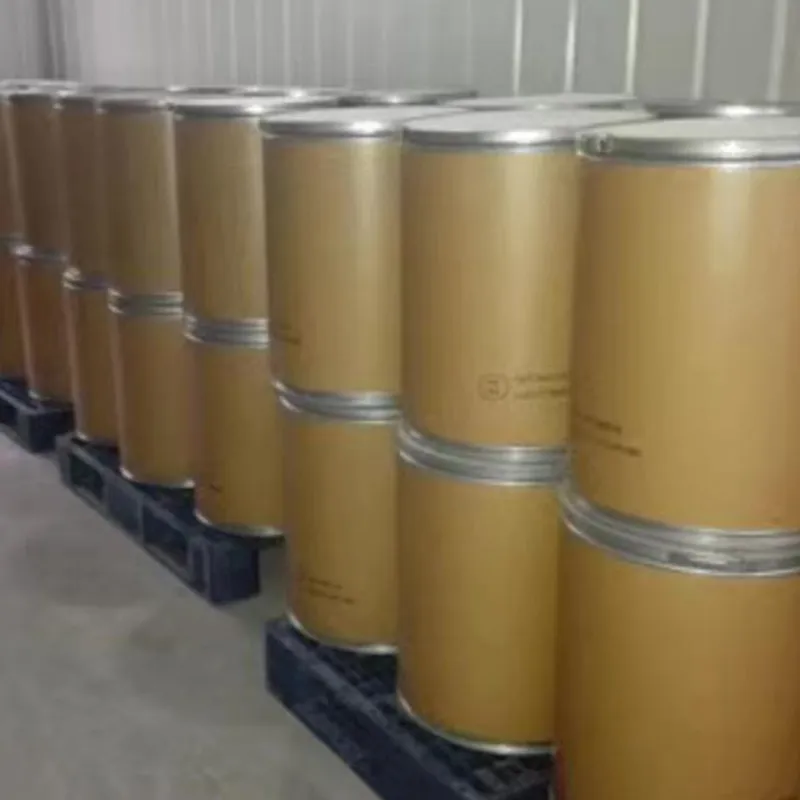
Exploring Alternative Acidity Regulators for Enhanced Food Preservation and Flavor Management
Understanding 330 The Acidity Regulator in Food Industry
In the realm of food technology, acidity regulators play a pivotal role in maintaining the desired taste and shelf life of various products. One such acidity regulator that has gained attention is code 330, commonly known as citric acid. This organic acid is not only a key ingredient in culinary applications but also acts as a vital preservative and pH control agent in numerous food items.
What is Citric Acid (E330)?
Citric acid, classified as an acidity regulator, is naturally found in citrus fruits, particularly lemons and limes. It possesses a sour taste and is widely used to impart tartness to food and beverages. In the food industry, citric acid is utilized under the European food additive code E330. This compound is recognized for its multifunctional properties, which extend beyond merely enhancing flavor.
Functionality in Food Products
1. Flavor Enhancement Citric acid is renowned for its ability to balance sweetness in foods and drinks. For instance, in soft drinks and candy, it provides a refreshing tangy flavor that can elevate the overall sensory experience.
2. pH Regulation Maintaining the appropriate pH level is crucial for food preservation. Citric acid effectively lowers the pH of food products, creating an acidic environment that inhibits the growth of pathogenic bacteria and molds. This property is particularly beneficial in products like jams, jellies, and sauces, ensuring they remain safe for consumption over extended periods.
3. Antioxidant Properties Alongside its role as an acidity regulator, citric acid also acts as an antioxidant. It helps prevent oxidation in food items, particularly in products that contain fats and oils. By stabilizing these components, citric acid prolongs the shelf life of food while maintaining its quality.
4. Sequestration Citric acid is also known for its chelating properties, which allow it to bind metal ions. This can help in preventing the discoloration of food products and enhancing the efficacy of other preservatives.
330 acidity regulator

Uses Beyond Food
While citric acid is a star player in the food industry, its applications extend beyond the kitchen. It is also employed in pharmaceuticals to adjust acidity levels in medicinal formulations. Additionally, citric acid is used in cosmetics and cleaning products due to its natural properties.
Safety and Regulations
Citric acid is recognized as Generally Recognized as Safe (GRAS) by the U.S. Food and Drug Administration (FDA). It has been extensively studied, and its consumption is considered safe within regulatory limits. However, like with any additive, individual reactions can vary, and some individuals may experience sensitivity to citric acid, particularly in concentrated forms.
Environmental Considerations
As a naturally occurring substance, citric acid poses minimal environmental concerns. It is biodegradable and contributes to a sustainable approach in food preservation. The natural origins of citric acid also align with current consumer trends favoring products with fewer synthetic ingredients.
Conclusion
In summary, acidity regulator 330, or citric acid, is an indispensable component in the food industry. Its multifaceted benefits—enhancing flavor, regulating pH, providing antioxidant properties, and ensuring food safety—underscore its significance in food preservation and quality. As consumers become increasingly aware of ingredient transparency and seek products that are both safe and effective, citric acid’s natural origin and versatile applications solidify its role as a preferred acidity regulator. Whether enjoyed in a refreshing beverage or as part of a savory dish, citric acid continues to shape our culinary experiences while contributing to food safety and sustainability.
-
Why Glacial Acetic Acid Food Grade Is Essential in FlavorNewsMay.26,2025
-
Surging Export Growth of Food Additives in ChinaNewsMay.26,2025
-
How Ammonium Nitrate Fertilizer Boosts Crop YieldsNewsMay.26,2025
-
How 1,2,3-Benzotriazole Shields Plastics from UV DegradationNewsMay.26,2025
-
Cyanide in Gold Mining: Protecting People and the PlanetNewsMay.26,2025
-
Aluminum Hydroxide in Modern Sunscreen FormulationsNewsMay.26,2025
-
Understanding Synthetic Rubber OptionsNewsApr.27,2025
Hebei Tenger Chemical Technology Co., Ltd. focuses on the chemical industry and is committed to the export service of chemical raw materials.
-

view more DiethanolisopropanolamineIn the ever-growing field of chemical solutions, diethanolisopropanolamine (DEIPA) stands out as a versatile and important compound. Due to its unique chemical structure and properties, DEIPA is of interest to various industries including construction, personal care, and agriculture. -

view more TriisopropanolamineTriisopropanolamine (TIPA) alkanol amine substance, is a kind of alcohol amine compound with amino and alcohol hydroxyl, and because of its molecules contains both amino and hydroxyl. -

view more Tetramethyl Thiuram DisulfideTetramethyl thiuram disulfide, also known as TMTD, is a white to light-yellow powder with a distinct sulfur-like odor. It is soluble in organic solvents such as benzene, acetone, and ethyl acetate, making it highly versatile for use in different formulations. TMTD is known for its excellent vulcanization acceleration properties, which makes it a key ingredient in the production of rubber products. Additionally, it acts as an effective fungicide and bactericide, making it valuable in agricultural applications. Its high purity and stability ensure consistent performance, making it a preferred choice for manufacturers across various industries.











